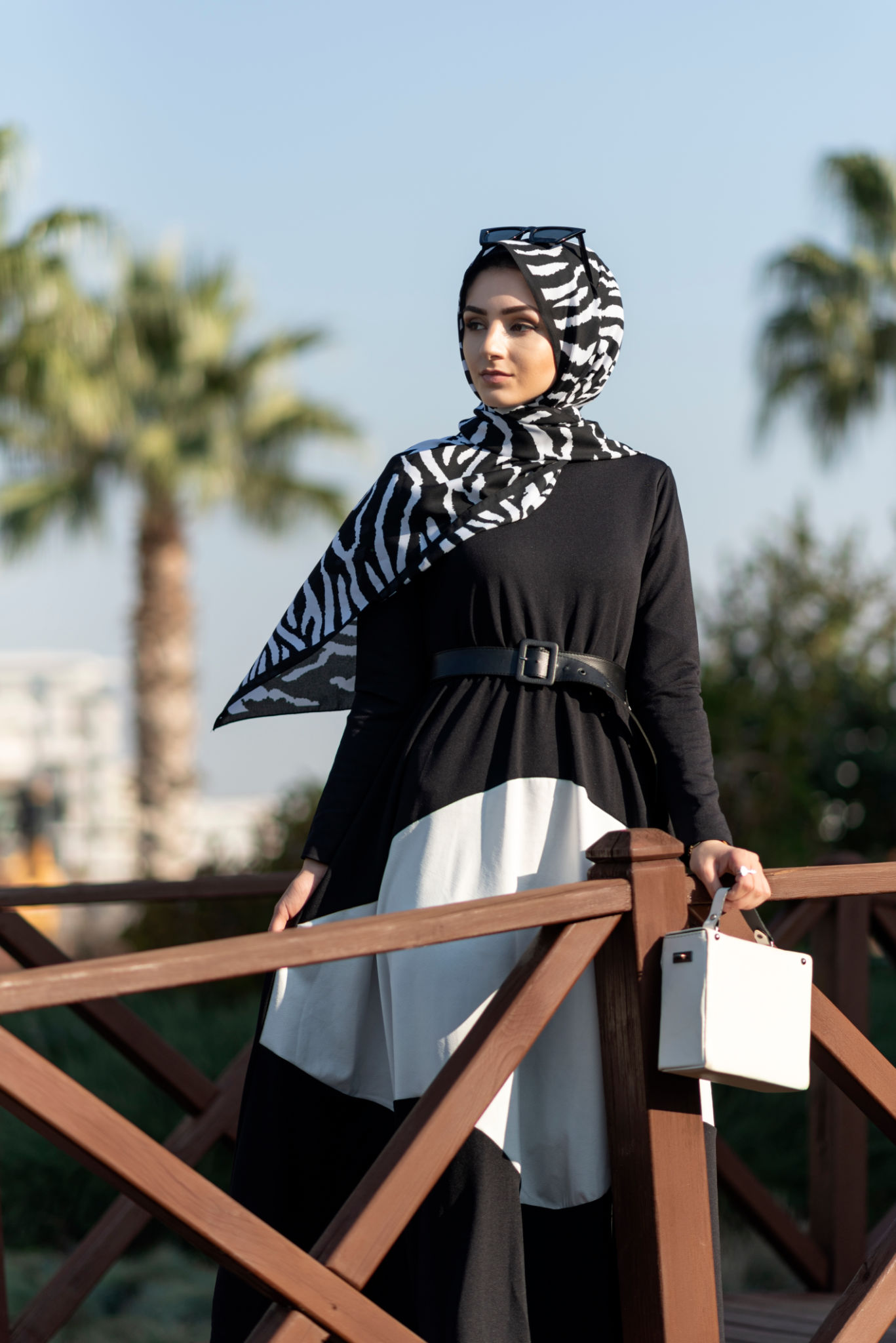Exploring the Evolution of Women's Fashion in Turkey: A Cultural Perspective
Introduction to Turkish Women's Fashion
Women's fashion in Turkey is a captivating blend of tradition and modernity. This dynamic evolution reflects broader cultural shifts and offers a fascinating glimpse into the country's rich history and diverse influences. From the Ottoman Empire to the present day, Turkish women's fashion has undergone significant transformations, shaped by social, political, and economic changes.
Fashion is not just about clothing; it embodies cultural identity and societal values. In Turkey, clothing choices can reflect personal beliefs, regional traditions, and global trends. Understanding the evolution of women's fashion in Turkey provides insights into how these factors interplay and influence each other.

The Ottoman Era: A Foundation of Elegance
The Ottoman Empire, which spanned from the 14th century to the early 20th century, laid the groundwork for modern Turkish fashion. During this period, women's attire was characterized by luxurious fabrics, intricate embroidery, and vibrant colors. Traditional garments like the entari and kaftan were popular among women of different social standings.
Clothing during the Ottoman era was often a reflection of one's social status. Noblewomen wore ornate garments adorned with jewels and gold thread, while commoners dressed in simpler versions. This period also saw the introduction of the headscarf, a staple in Turkish women's fashion that remains prevalent today.

Early Republic Era: A Shift Towards Modernity
The establishment of the Turkish Republic in 1923 marked a significant shift in women's fashion. Under Mustafa Kemal Atatürk's leadership, there was a push towards Westernization and modernization. This era witnessed the introduction of Western clothing styles, including skirts, blouses, and dresses, which gradually replaced traditional attire.
This transformation was part of a broader cultural reform that sought to align Turkey with European nations. The adoption of Western fashion was not just about aesthetics; it symbolized a move towards a more secular and progressive society. Women started to participate more actively in public life, and their clothing choices reflected this newfound freedom.

The Influence of Global Trends
As the 20th century progressed, global fashion trends began to influence Turkish women's fashion more prominently. The 1960s and 1970s brought about a wave of change as women embraced more liberal styles, inspired by global icons and movements. Miniskirts, bell-bottoms, and psychedelic prints became popular during this time.
The influence of media and international travel played a crucial role in spreading these global trends. Turkish designers started to gain recognition on the international stage, further blending traditional elements with contemporary styles.
Contemporary Fashion: A Diverse Landscape
Today, women's fashion in Turkey is a fascinating tapestry that combines historical influences with modern innovation. The fashion scene is diverse, with designers drawing inspiration from both Eastern and Western cultures. This fusion creates unique styles that resonate with a wide audience.
Contemporary Turkish fashion is characterized by its versatility and inclusivity. Women have more choices than ever before, with access to high-end designer labels as well as affordable fashion brands. The rise of online shopping has further broadened the landscape, allowing Turkish women to explore global trends from the comfort of their homes.

The Role of Fashion in Cultural Identity
Fashion continues to play a significant role in shaping cultural identity in Turkey. It acts as a medium through which women express themselves and navigate their roles within society. For many women, clothing is not just about style but also about making a statement on personal beliefs and cultural heritage.
The ongoing dialogue between tradition and modernity in Turkish fashion reflects the country's unique position at the crossroads of East and West. As women continue to redefine their roles in society, their fashion choices will inevitably evolve alongside them.
Conclusion
The evolution of women's fashion in Turkey is a testament to the country's rich cultural heritage and its dynamic future. From the opulence of the Ottoman era to the modern-day fusion of global trends, Turkish women's fashion has continually adapted to reflect societal changes.
As we look forward, it is clear that this evolution will continue to be shaped by a blend of tradition, innovation, and cultural significance. Turkish women's fashion remains an intriguing subject for anyone interested in understanding the deeper connections between clothing, culture, and identity.